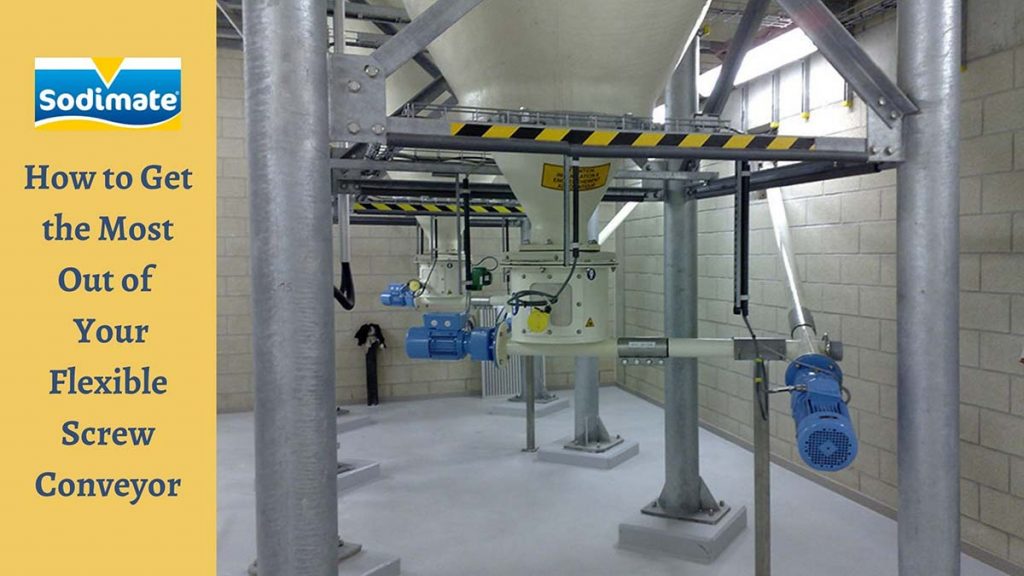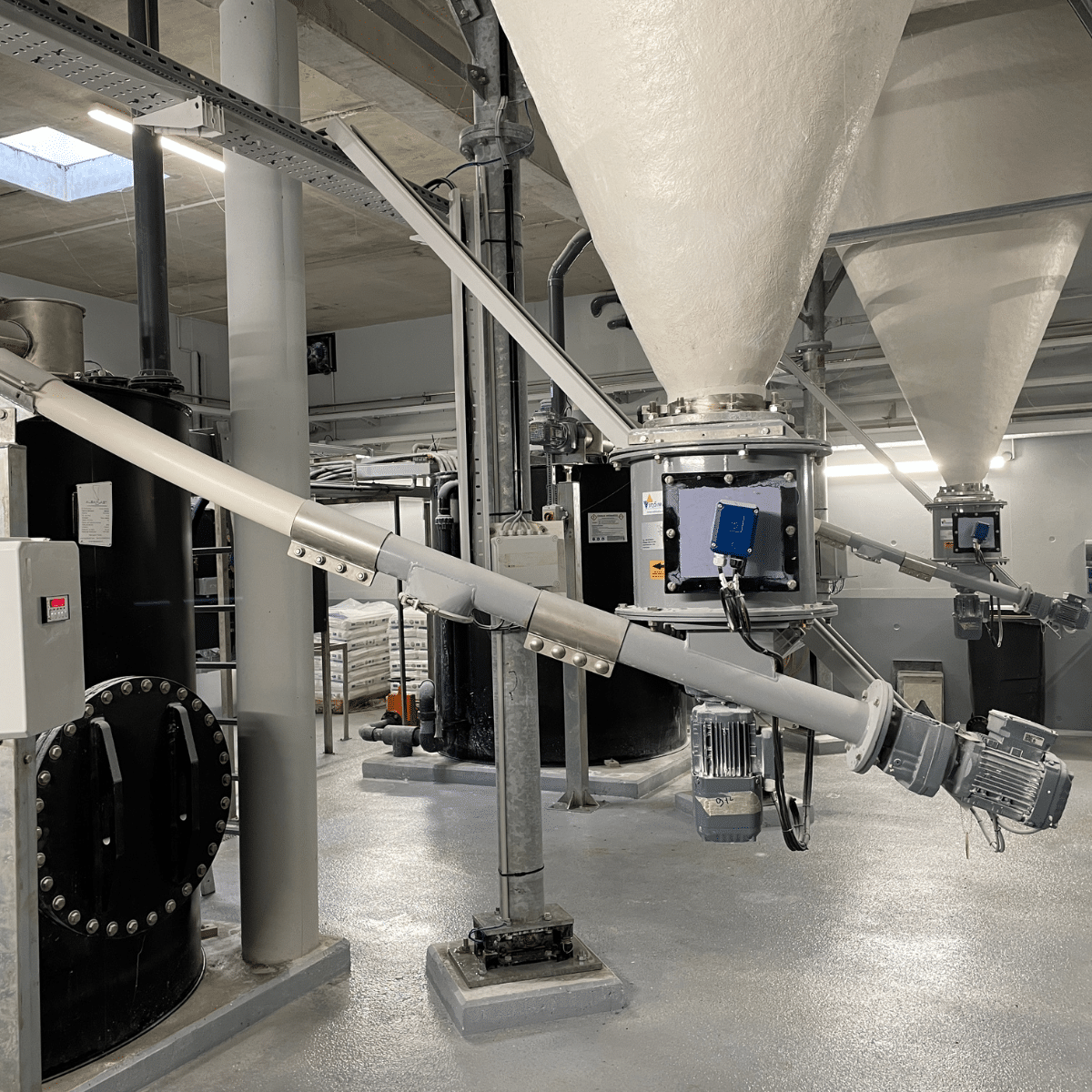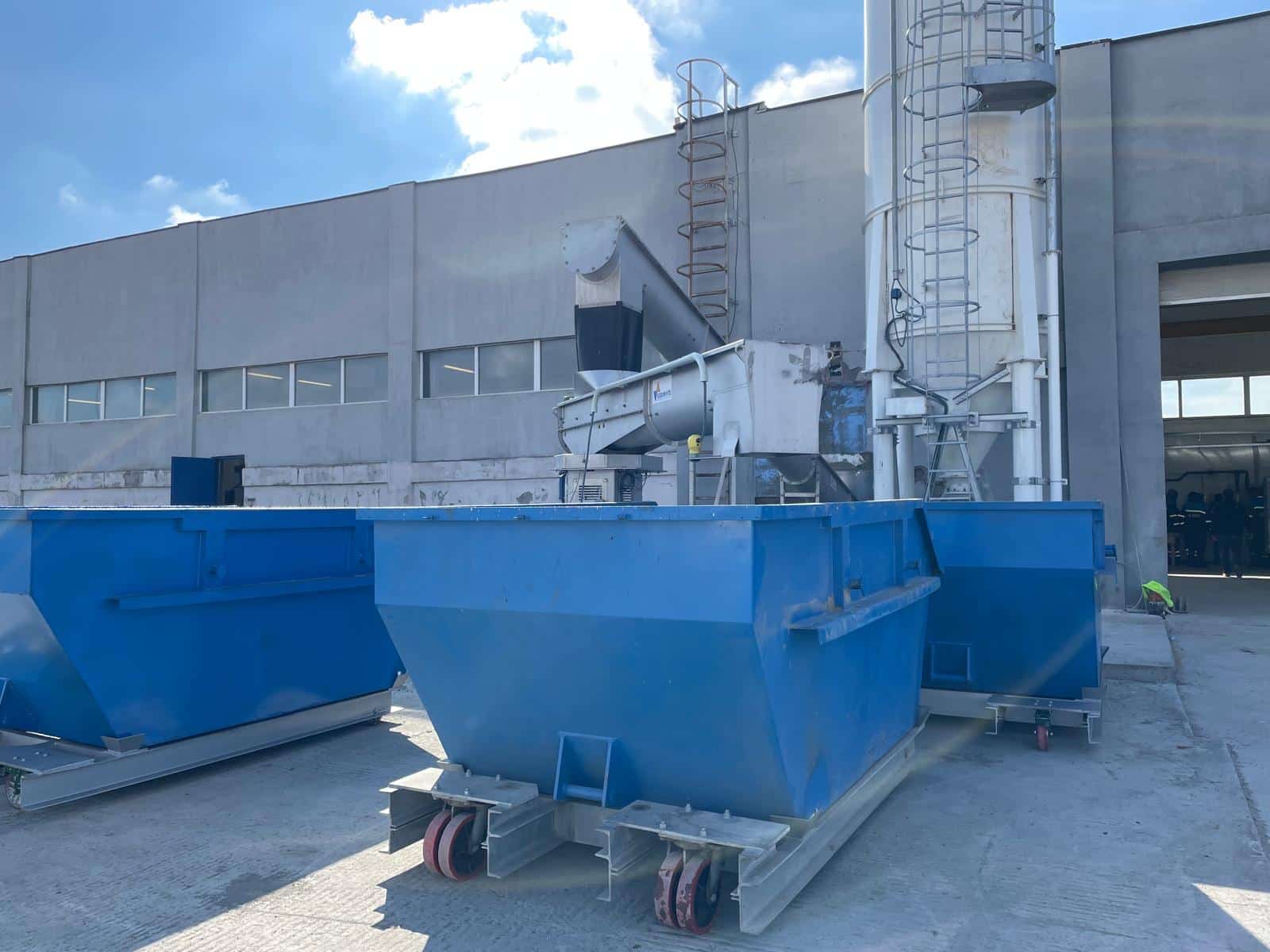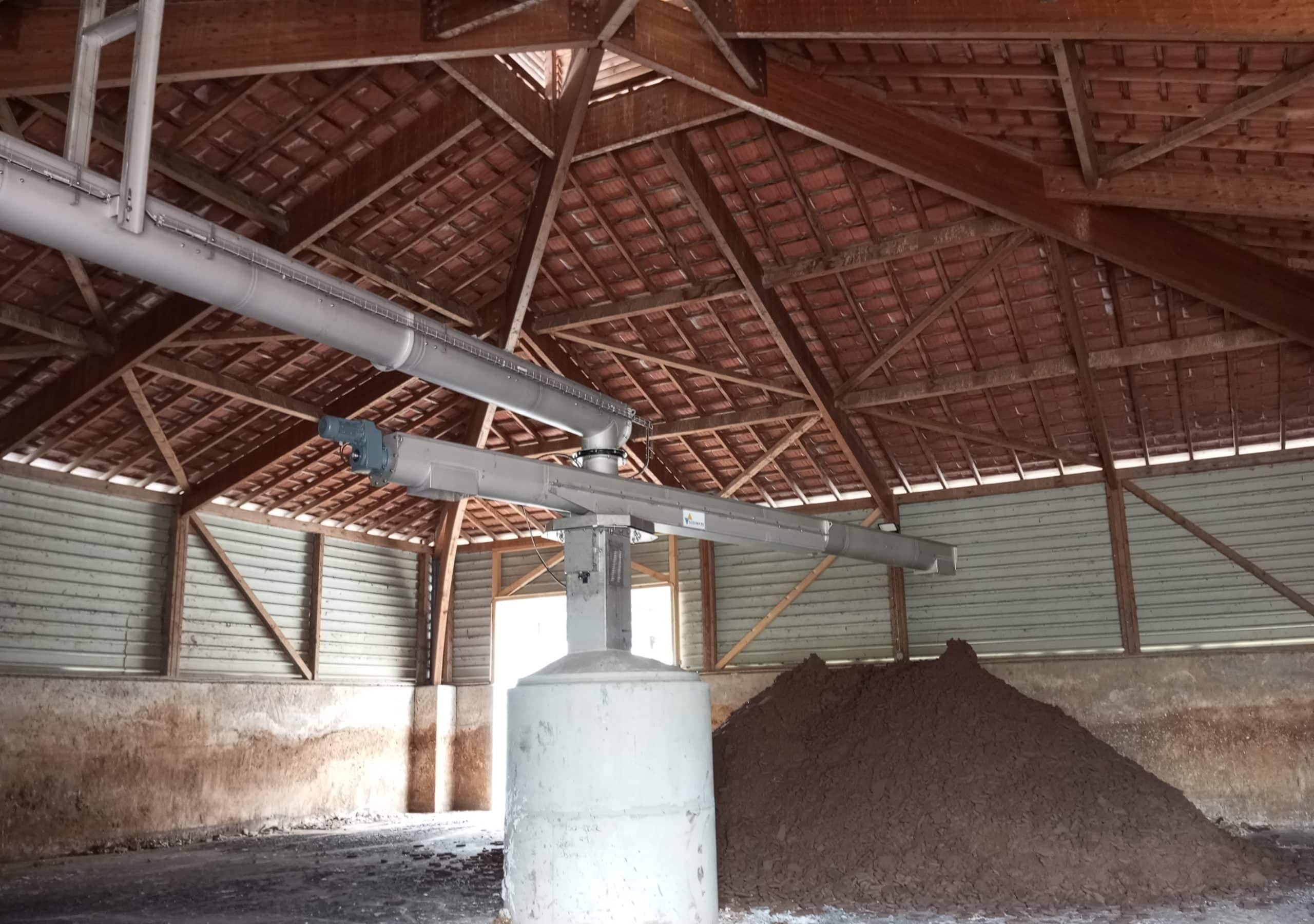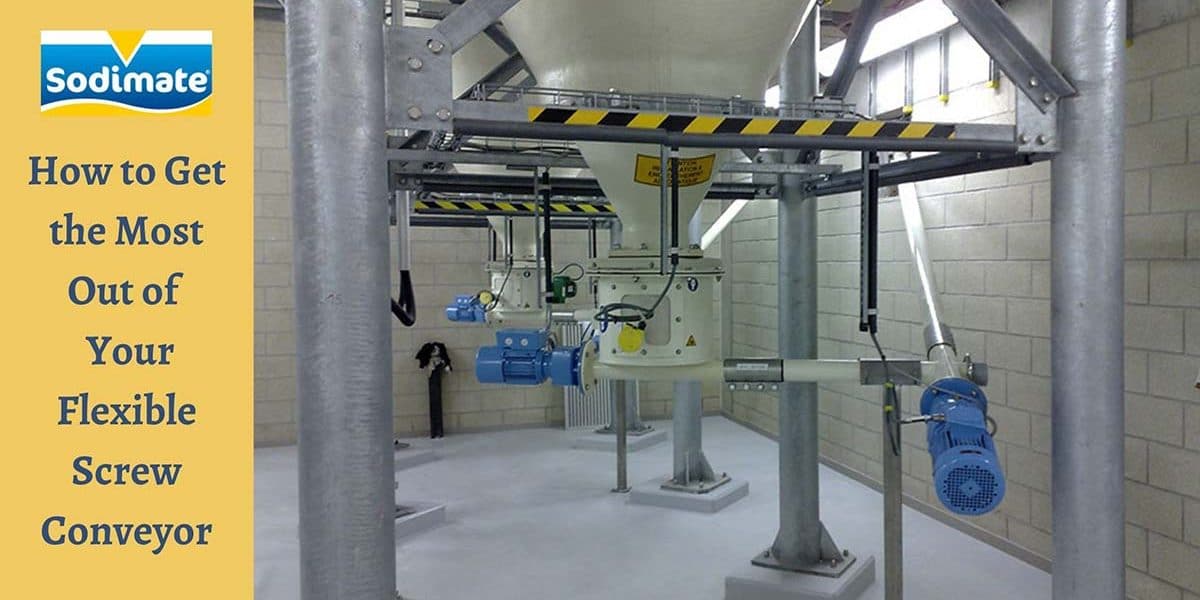
Before we find out more on how to get the most out of your flexible screw conveyor, let’s understand more about what it is and how it works!
What is a flexible screw conveyor & how does it work?
A flexible screw conveyor is a device or machine used to move granular materials into mixers, packaging machines, or storage bins. One must choose the right kind of conveyor for a particular task to get desired results.
An ideal flexible screw conveyor included a helical auger, inlet hopper, casing, couplings, and a driver or discharge head. The helical-shaped auger, which is a shaftless design, is rotated inside a casing usually made of UHMW-PE to move and elevate all kinds of bulk material.
UHMW-PE stands for Ultra-High Molecular Weight Polyethylene material. Both of them together make bending around fixed objects or changing the position of the discharge head easier.
What are the common problems a flexible screw conveyor can cause during installation and how to avoid or solve them?
Flexible screw conveyors are the most preferred choice for manufacturers, and why not! It requires significantly low investment, offers good reliability, and this equipment is not at all complicated to operate. But with advantages comes few limitations as well. Having said that, some problems may arise while installations.
When it’s not installed properly, it can also cause poor performance, increased power consumption, and material degradation. Choosing the wrong auger profile can hamper your final output and you can be in trouble. Thus, proper installation is necessary.
To avoid such problems, you should make sure that you invest in quality and buy the screw conveyor from reliable manufacturers or suppliers. This can help reduce all these common problems.
1. Compatibility to Handle the Specific Material – To derive optimum performance from the flexible screw conveyors, you need to ensure it is compatible with the types of materials you work with. If the system does not support them, then there may be problems.
Certain materials create friction, and as a result, they may have some downside on the material itself. It also causes the conveyor’s motor to handle more pressure and burden and hence affects the conveyor’s ability to perform well. If that occurs, then there may be an interruption in production which is not a good sign for any business.
2. The Right Type of Auger – Alignment is the key otherwise, you would not get the desired outcome, and performance may reduce. The helical-shaped screw is one of the most crucial parts of a flexible screw conveyor. If that does not align well, output-related problems may occur. For best results from a flexible screw conveyor, it is extremely important to choose an auger that is of the appropriate diameter.
3. Strategically Designed According to the mode of Operation –Many applications require flexible screw conveyors to perform a continuous and seamless operation. While many start and stop at regular intervals. In all instances, one must make some special adjustments for optimal equipment performance. You need to adjust it and make some modifications to minimize any problems that may arise.
Aligning and taking care of those flexible screw conveyors which work non-stop for longer intervals with the particular type of operations is a must for maximum output. Product density, rotation speed, angle of inclination, and size specifications play important roles in providing structural strength to the conveyor. Apart from these, the elements one should keep in mind while specifying a screw conveyor are- Discharge rate and height, Frequency, Power availability, and the Texture of the material.
Ways to maintain your Conveyor
To get the maximum out of your flexible screw conveyor, you should regularly clean and invest in the components’ maintenance. Be it during the operation or otherwise, all flexible screw conveyors leave some residual material in the inlet tube. This residue can easily be extracted and removed by taking out the end clean-out cap right at the bottom of the conveyor.
Also, reversing the rotation of the screw allows for quick evacuation. All of it ensures the proper function of the conveyor and boosts its life. You can further perform cleaning with air, water, or solvents, auger changeovers, and proper maintenance for better results.
Flexible screw conveyors are the most dependable choices for conveying a wide variety of materials. It is also cost-effective and hightails efficiently. You, however, must ensure that you buy all the machinery, conveyors, and equipment from trusted manufacturers / suppliers only.


